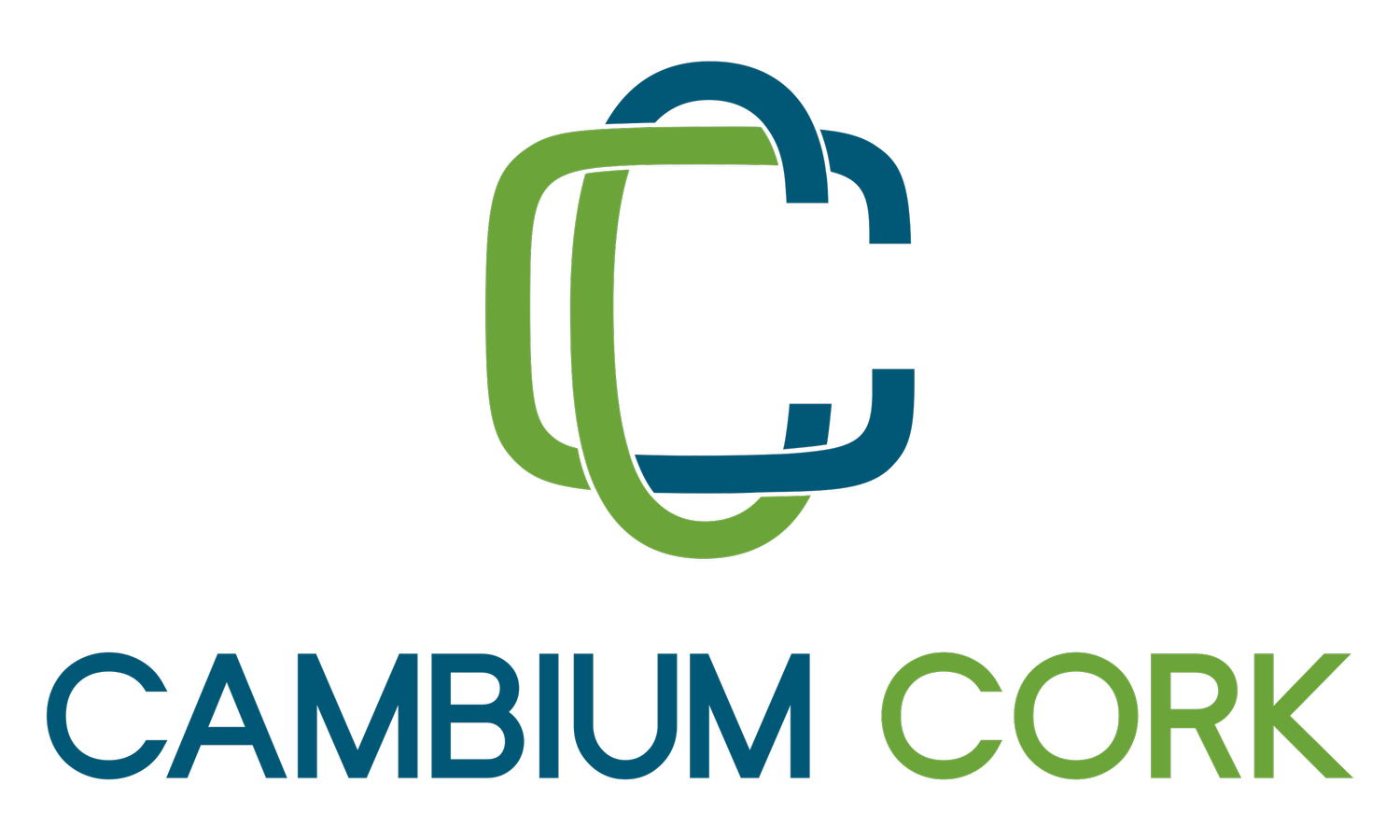Connect Competencies and Capabilities
We are living in an era of skill-centric employment, where the workforce is witnessing a transformative shift. Skills take precedence over traditional job roles in this new paradigm, reflecting a dynamic landscape where workers are matched with opportunities based on their skill sets rather than predefined positions. This means that workers need to be adaptable and continuously learn new skills to stay relevant and competitive.
But how can workers and employers navigate this complex and fast-changing environment? How can they identify the skills that are most in demand and align them with their goals and aspirations? How can they assess their current capabilities and bridge the gaps that may exist?
One way to do this is to connect skills to competencies, and then to business capabilities. Competencies are the observable behaviors that demonstrate the application of skills in a specific context. Business capabilities are the abilities of an organization to perform a certain function or deliver a certain outcome. By mapping skills to competencies and then to business capabilities, workers and employers can gain a clearer picture of what skills are needed for different roles and functions, and how they contribute to the overall performance and success of the organization.
But that's not enough. Workers and employers also need to prioritize the capabilities that are most critical for their current and future needs, and assess their capability maturity along different dimensions, such as efficiency, effectiveness, innovation, and resilience. This will help them identify where they excel and where they need to improve, and how they compare with their peers and competitors.
Finally, workers and employers need to use this information to guide their decisions on hiring, training, development, and career progression. By aligning their skills and capabilities with their goals and strategies, they can ensure that they have the right talent in the right place at the right time. They can also identify where skills gaps exist, and how they can fill them through internal or external sources. This will help them create a more agile, diverse, and skilled workforce that can adapt to changing market conditions and customer expectations.
This is how we can embrace the era of skill-centric employment and turn it into an opportunity for growth and innovation. By connecting skills to competencies, competencies to capabilities, and capabilities to goals, we can create a more transparent, flexible, and rewarding work environment for both workers and employers. We can also foster a culture of continuous learning and improvement that will enable us to thrive in the digital age.
What do you think? Do you agree with this approach? How do you connect your skills to your competencies and capabilities? How do you prioritize your capabilities and assess your maturity? How do you use this information to plan your career or hire new talent? I would love to hear your thoughts and experiences in the comments below!
